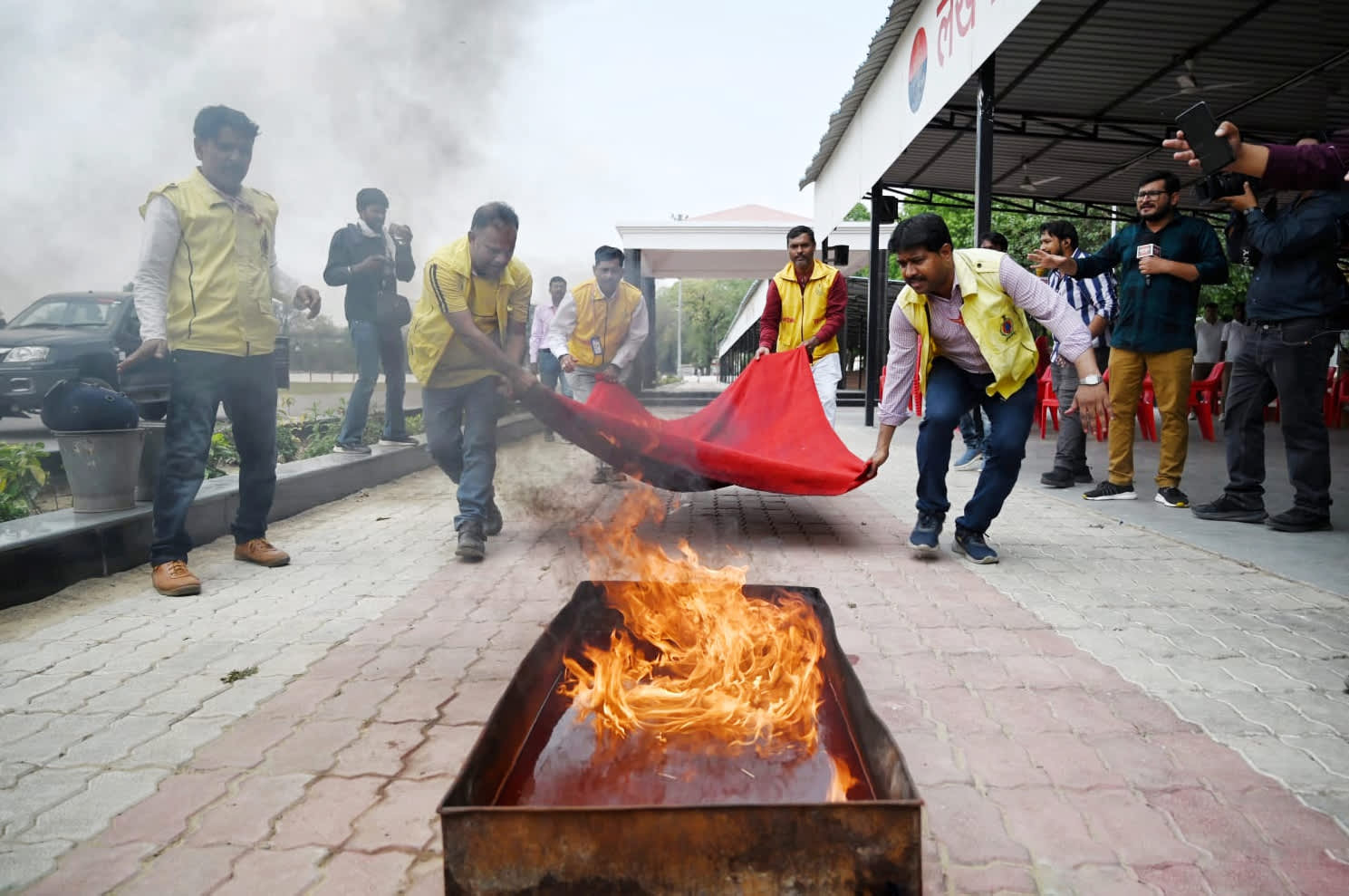
The Kashmir Powder Keg: When Nuclear Neighbors Play with Fire
Dude, let’s talk about the world’s most dangerous game of chicken—India and Pakistan’s latest face-off over Kashmir. Seriously, this isn’t just another geopolitical squabble; it’s a nuclear-armed showdown with a side of historical grudges, militant accusations, and civilians caught in the crossfire. The recent *Operation Sindoor* strikes—India’s retaliation for a deadly attack on Hindu tourists in Kashmir—have cranked tensions to DEFCON levels. But here’s the kicker: both nations are digging in, the world is sweating, and Kashmiris are stocking up on bunker supplies. Let’s dissect this mess before someone lights a match.
1. The Trigger: Operation Sindoor and the Blame Game
India’s military strikes on nine Pakistani targets weren’t just a flex—they were a screaming response to the killing of 26 Hindus in Kashmir, blamed on Pakistan-backed militants. Islamabad’s denial? Predictable. Their counter-accusation? “India’s escalating *without proof*!” Meanwhile, missile debris rains down on villages, and both sides suspend water treaties and diplomatic ties like it’s a breakup from hell. The subtext? This isn’t just about one attack. It’s about decades of *”you harbored terrorists!”* vs. *”you annexed Kashmir!”*—a script so recycled it’s practically a Bollywood reboot.
2. The Nuclear Elephant in the Room
Here’s where it gets *seriously* sketchy: both nations have nukes. Not just a few, but enough to turn the Himalayas into a parking lot. Remember the 2019 Pulwama bombing? That near-miss ended with aerial dogfights and global panic. Fast-forward to now: schools in Kashmir are doubling as bomb shelters, and the UN’s pleading for restraint like a bartender cutting off drunk patrons. The scary part? Domestic politics are fueling the fire. Modi’s government faces pressure to “avenge” the attack, while Pakistan’s military can’t back down without looking weak. It’s machismo with apocalyptic stakes.
3. Civilians: The Collateral Damage
While generals trade threats, Kashmiris are living in a dystopian prep manual. Reports describe families digging trenches, businesses shuttering, and kids pulled from schools—not for snow days, but because cross-border shelling doesn’t care about math class. The humanitarian cost? Massive. Displacement, PTSD, and a generation raised on air-raid drills. And let’s not forget the economic fallout: trade routes frozen, investors fleeing, and tourism (Kashmir’s lifeline) collapsing faster than a meme stock. The real tragedy? Nobody’s winning, but everyone’s paying.
The Way Out (If There Is One)
The world’s usual playbook—UN resolutions, shuttle diplomacy—feels like bringing a water pistol to a flamethrower fight. But here’s the reality check: dialogue is the only exit ramp. Neutral investigations into the attack? Crucial. Cooling-off periods? Non-negotiable. And maybe—just maybe—addressing Kashmir’s political limbo instead of treating it like a territorial trophy. Otherwise, we’re stuck in a loop of strikes, denials, and near-misses until luck runs out. Bottom line: when nuclear neighbors feud, the whole planet needs a crisis therapist.
